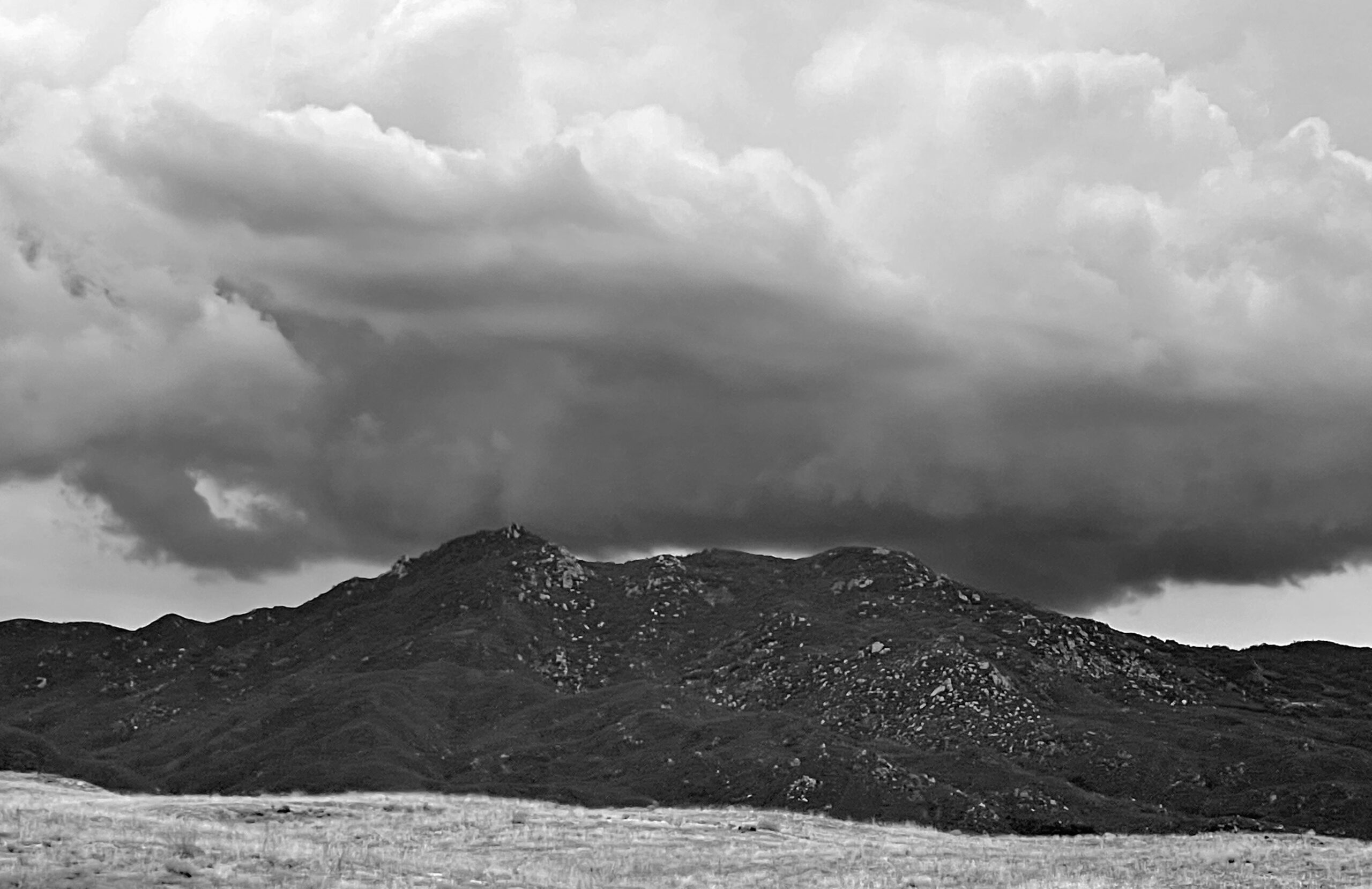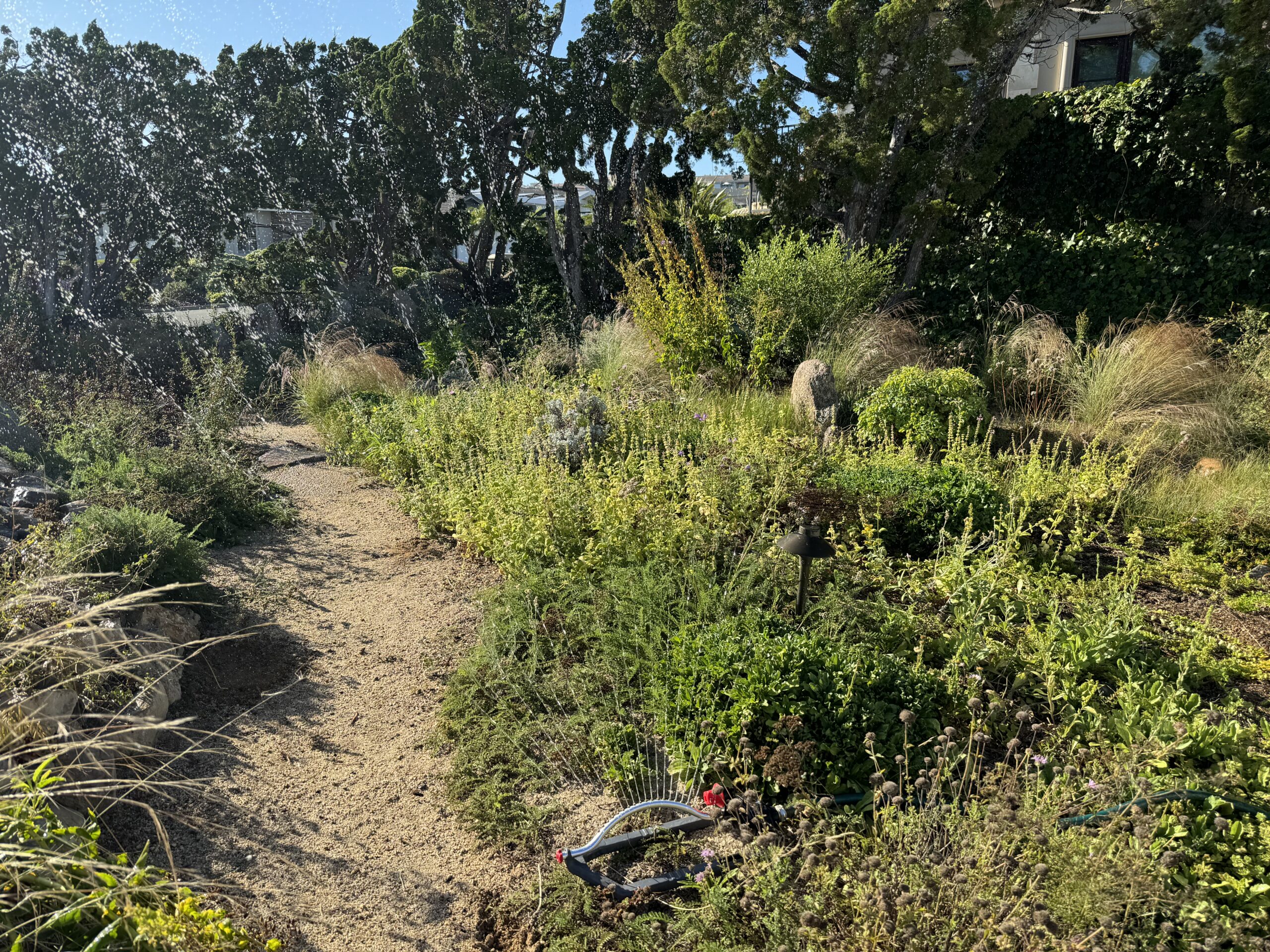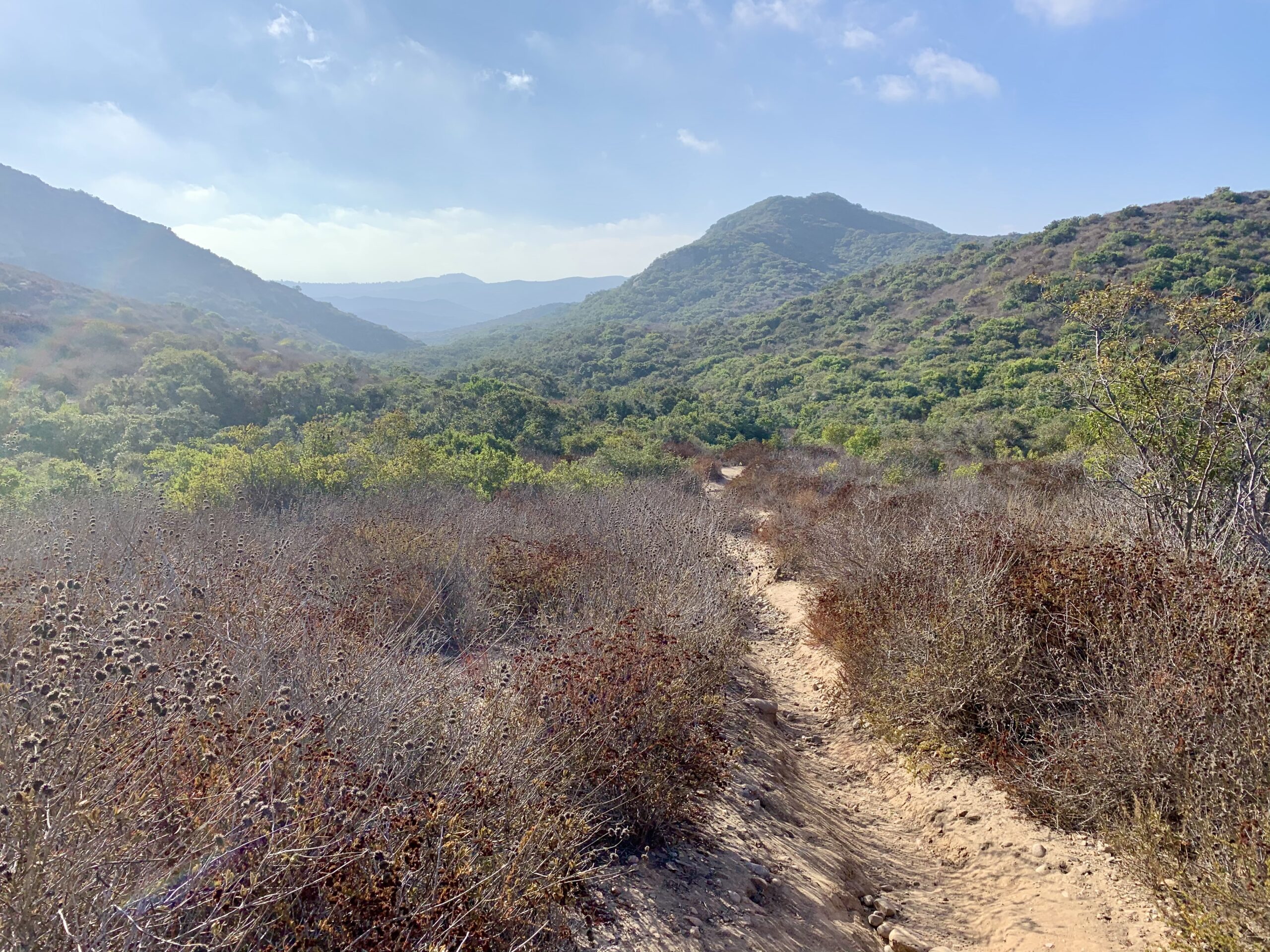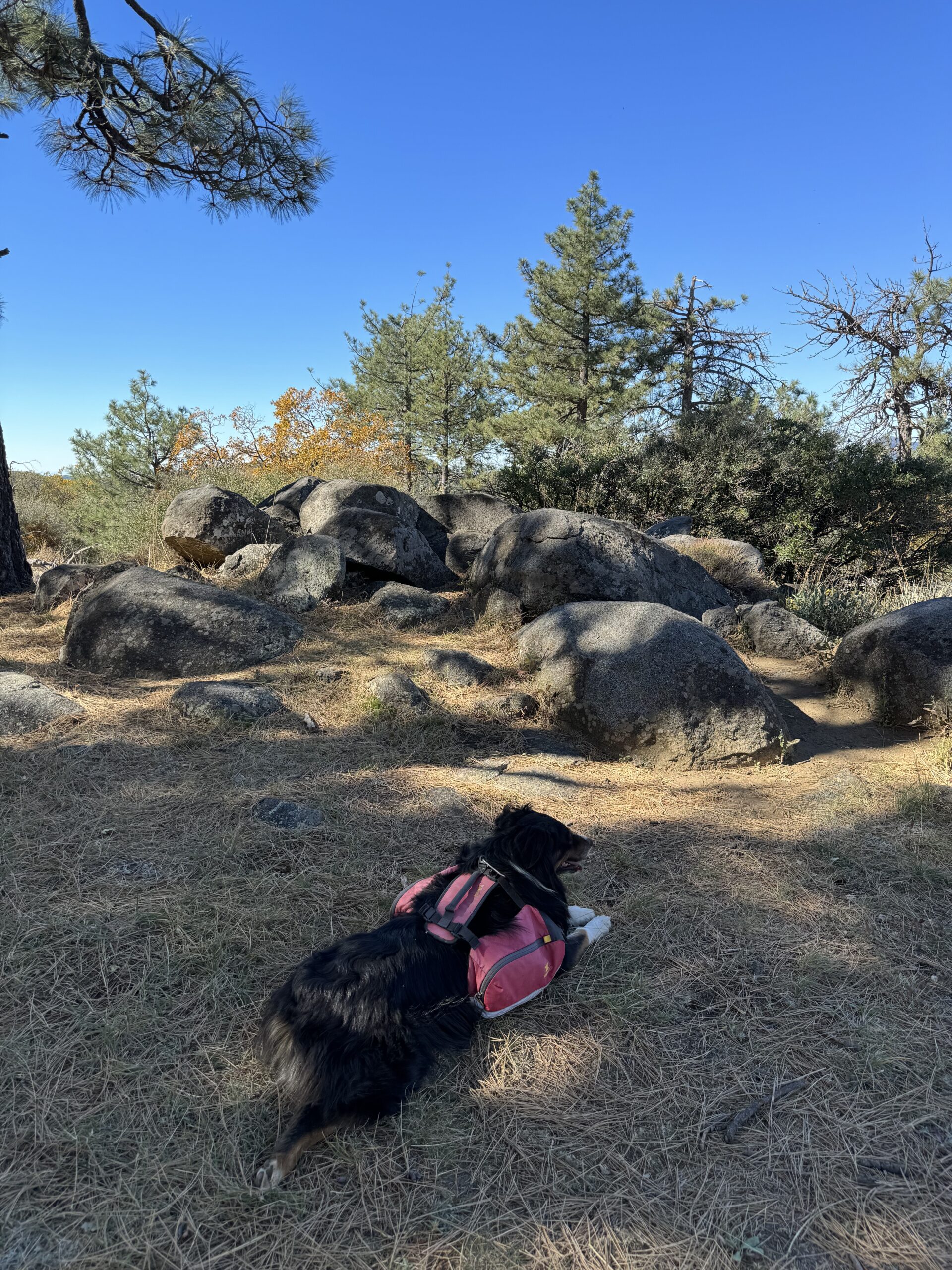
We have two transition months in the California natural garden, September (post-summer) and May (pre-summer). All the others fall neatly into one of the four traditional seasons. From the standpoint of garden care, summer is a big deal. In addition to the actual season of June/July/August, we have two months serving as brackets to enclose summer, the before and the after, May and September. Altogether the concept of summer lasts five months. Since we cannot depend on much rain in late spring and early fall, we usually end up with a seven-month dry season. This is why getting irrigation right is so important, because we are watering (or not) plants that get all of their rainfall only in the cool seasons in and around winter. This is also why winter rains (or not) are also a big deal.
Current events, history, review, and notes
In many parts of the world, seven rainless months would constitute a drought. But in regions that enjoy what is called a Mediterranean climate, the long dry period is normal. These areas receive all their precipitation in the cool season, lie in similar latitudes in both the northern and southern hemispheres, are heavily influenced by an adjacent ocean, and as a general rule do not suffer extreme heat nor cold. Think of oak trees, wine grapes, quaint comfortable towns, idyllic lifestyles, poetry.

Watering
This month the days are notably shorter, but we still realize the potential for a heat wave. The nights are a little cooler, and our plants are not working quite so hard to preserve precious moisture. We probably need to give our gardens at least one more Deep Soak before fall, and Refreshing Sprinkles are always welcomed, though they can come a little less frequently now. See last month’s post for details on these terms. This describes the DS & RS Method.

Related to Watering
Native plants are still in dry season mode and are almost poised to receive water and start growing. We have always considered September 15 the start of a new horticultural year. You may see a little new growth if you perform a late September Deep Soak. Lock in the deep soil moisture you have created with your Deep Soak over the last 3-4 months.
Pruning
Almost. For any major pruning, wait for the threat of a scorching heat wave to subside. We can get hot days in October, but the nights are always cooler and the days are shorter. Next month the safe season for pruning will commence.
Weeding
Get the last of the summer weeds under control.
Mulching/Topdress
No new foreign (imported) mulch. Allow natural leaf litter/topdress to do the job cooling the soil and retaining soil moisture.
Feeding
Not yet. Almost. Many things are better delayed until October. Research and buy your organic fertilizer now.
Troubleshooting – Varmints, Pests and Diseases
Any injurious plant pests that may have been neglected, mealybug, scale, including Argentine ants, which carry and protect them, will be at peak population and may be deforming your plants by now. If you have branches that are disgustingly infested, prune them off, apply biological controls, spray the plant with fresh water and get it ready for a good Deep Soak, and next month a feeding, so it will recover when post-summer ends.
Annual Wildflowers
Be patient. We sow seeds when the rains are just around the corner. It’s not too early to plan though. Come on over and make your selections, take seeds home so you’ll be ready in a couple months when we start to get some rain.
Adding New Plants
September 15 has always been our magic date when planting season officially starts. We’ve missed you if you have taken the summer off from visiting Tree of Life. Come on by. It’s planting time again!
Phytophilia
Our love of plants and their love for us. When I look and listen over the natural landscape or into a natural garden, I see and hear the plants saying “we’re transitioning.” The leaves are just a little more turgid in the mornings. Some are splaying out to catch more sun, rather than holding themselves folded up in protected mode or clasping their stems. They seem a little more at ease. Had last winter been dry, wild natives would look as if they were in a world of hurt.
They’re not smug about their future, as California’s rains are never predictable, but they are comfortable with their past. And seemingly content in the present.
Re-wild
A Re-wild tip for September might involve our access into the garden. Duck under, step over, or go around. If the summer’s “wildness” has resulted in plants making living barriers, impeding our swift access on paths or walkways, maybe this is our garden’s way of saying, “Slow down.” If branches or low stems seem to be in the way, think twice about pruning them now or even next month, or just consider a more minimal intervention. Maybe your path doesn’t need to be quite so wide, ducking under that coffeeberry branch causes you to remember how small it was when you planted it 10 years ago, or stepping on the yerba buena whose branches have softened the edge of your patio, immediately brings aromatherapy to your senses every time you step on them. Whatever the situation, give thought to the Re-wild technique of allowing “our” plants to invade “our” spaces.

Important Review
Post-summer September
Continue DS & RS w/ less frequent DS
Deep soil moisture
Prune soon
Weed always
Mulch wait
Feed need buy fert now
Pest damage bad at end of season
Flowers need buy seed now
Plant yes, yes, yes!!! now
Plants in transition
Duck under, step over, or go around
Engage
“I only went out for a walk and finally concluded to stay out till sundown, for going out, I found, was really going in.” – John Muir
“Feet don’t fail me now!” For most of us, access into the natural world involves walking. Usually we are focused ahead; the sky, the mountain, the ridge, the meadow, the destination, or maybe the trail itself. I am reminded of a time when some friends from Tucson visited, 35 years ago, and as they got out of their car after crossing seven hours of open desert, they remarked, “The ground here is so soft!” They landed on the leaf litter under our majestic live oak, spongy with decades of leaf drop, especially compared to the gravel/sand/rock they were accustomed to in their home place.
My wife does not fully comprehend why I own so many different pairs of boots. Thankfully, she tolerates this extravagance, and since I take good care of them, alternating their wear for each intended use, they last a long time. Whether it be in dry dusty foothill chaparral, or sloshy mountain snow, a cross country trek across sharp mineral desert, an easy-breezy hike through coastal sage scrub, or that singularly memorable tramp, with each pace cushioned over oh-so-deep forest duff under old growth conifers, I find that when I let the trail (or not trail) speak to me through my feet, I am more open to learning new things.

I guess the sound and the feel, the impact of each step on each unique ground surface becomes part of the overall experience. I’m grateful for my array of footwear, lined up every morning waiting to be of service as I make my selection. I’m also grateful I can walk, and thus engage with nature “in the moment,” each step providing a subtle lesson in connectivity.

¡Siempre adelante, nunca atrás! Always forward, never backwards. Let’s keep makin’ it.
From SEPTEMBER in the Natural Garden,
Mike Evans
Questions? Help is just one call or one email away. Call (949) 728-0685 or email (with pictures if you like) our special helpline: gardenhelp@californianativeplants.com